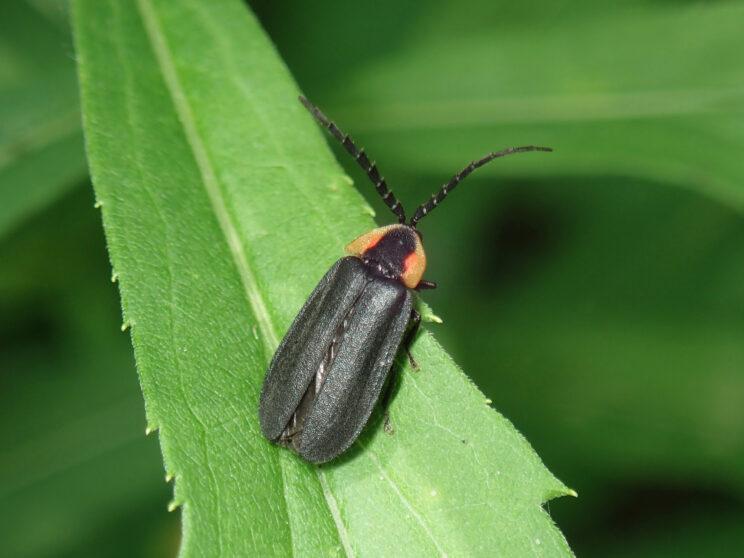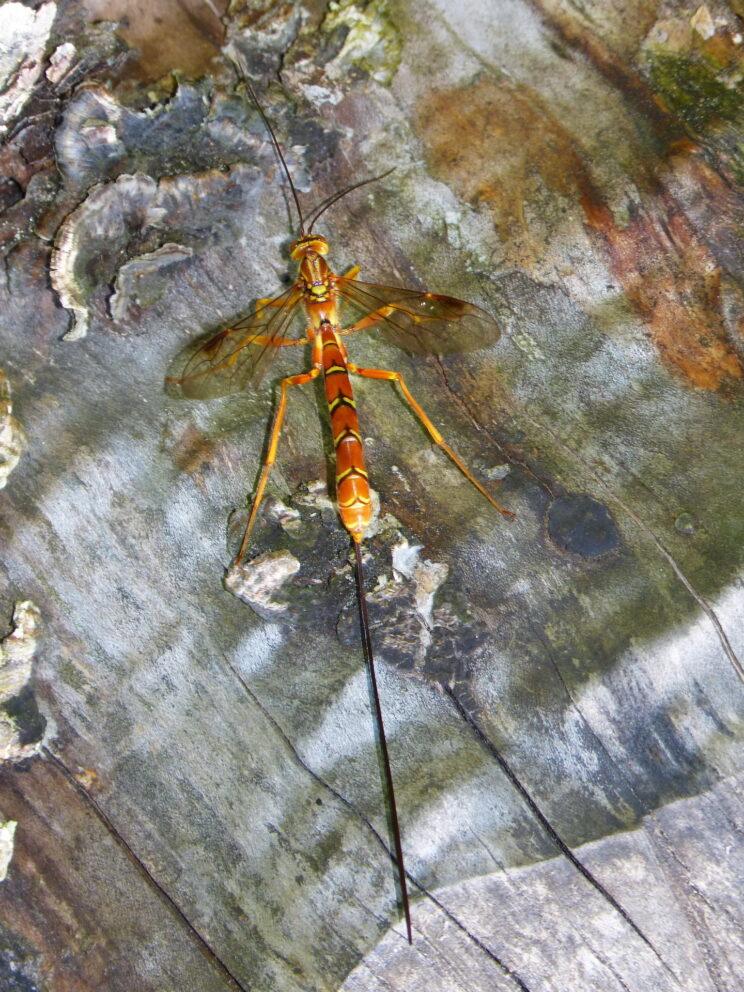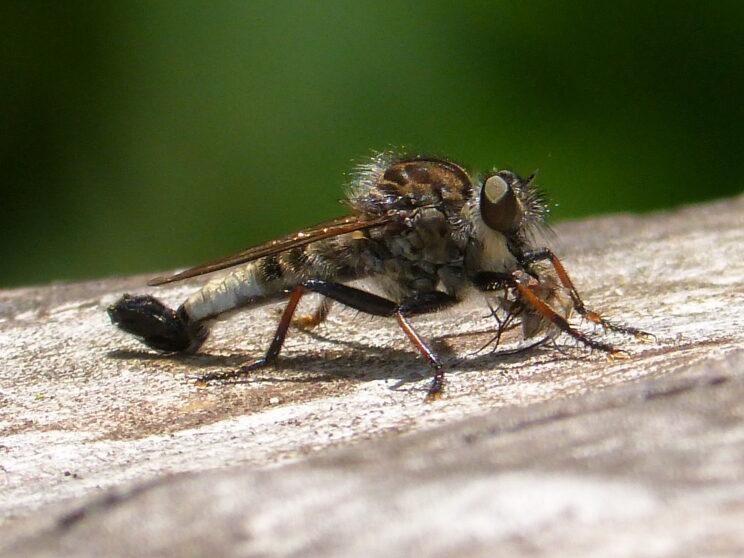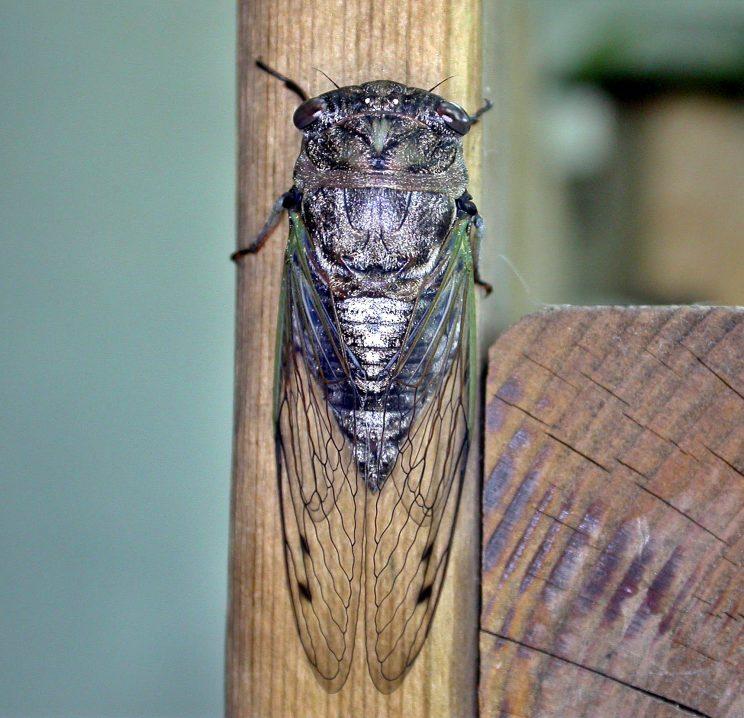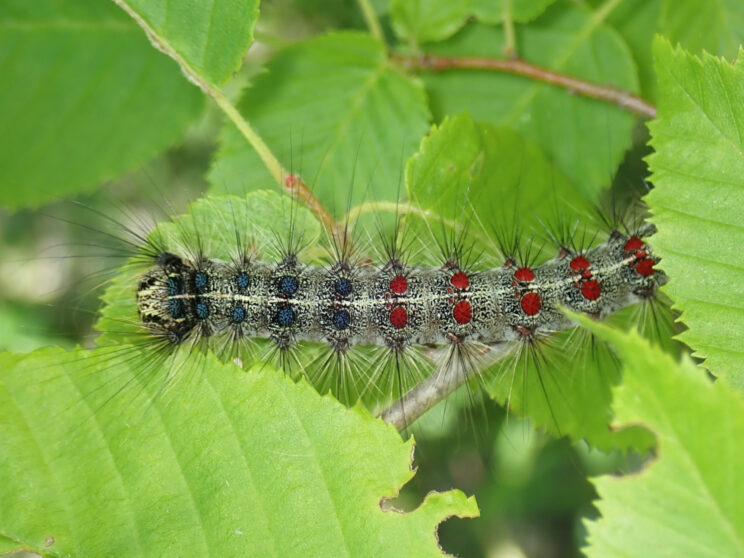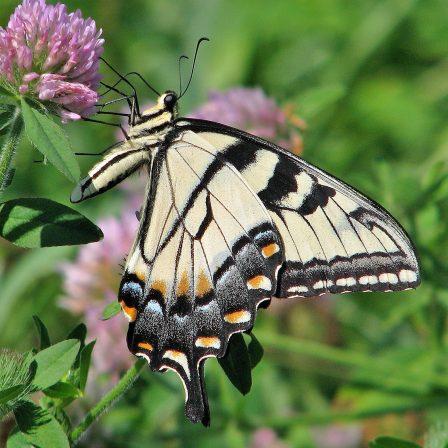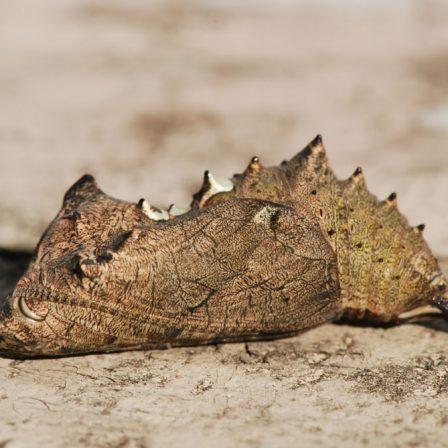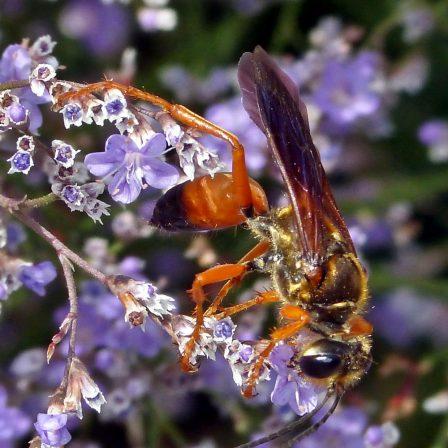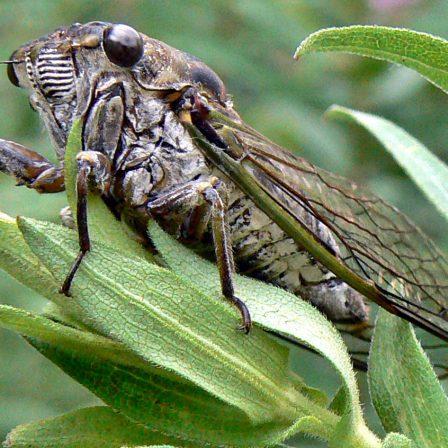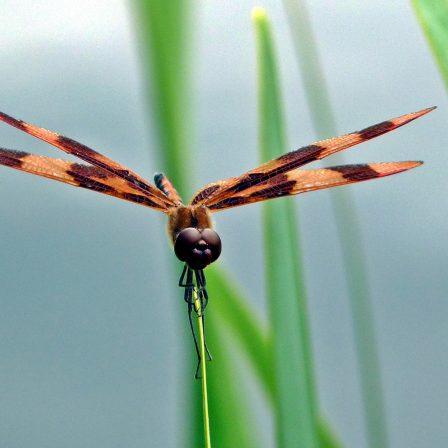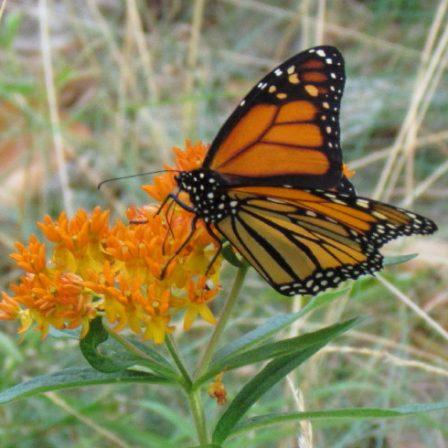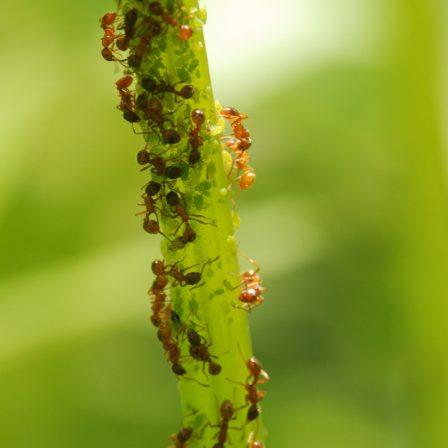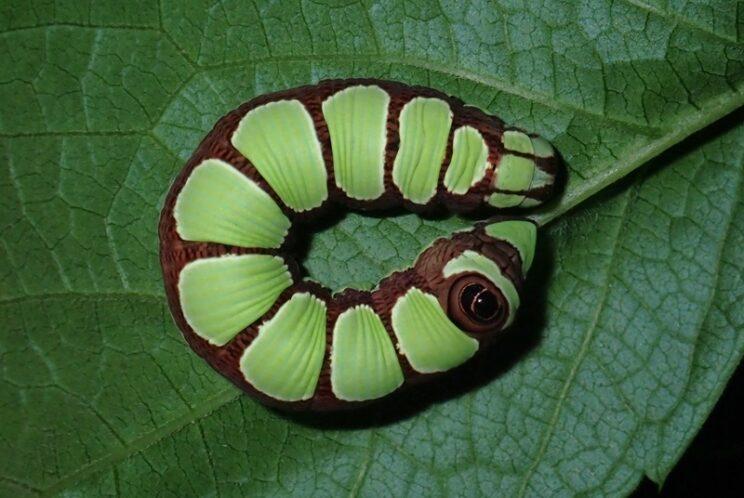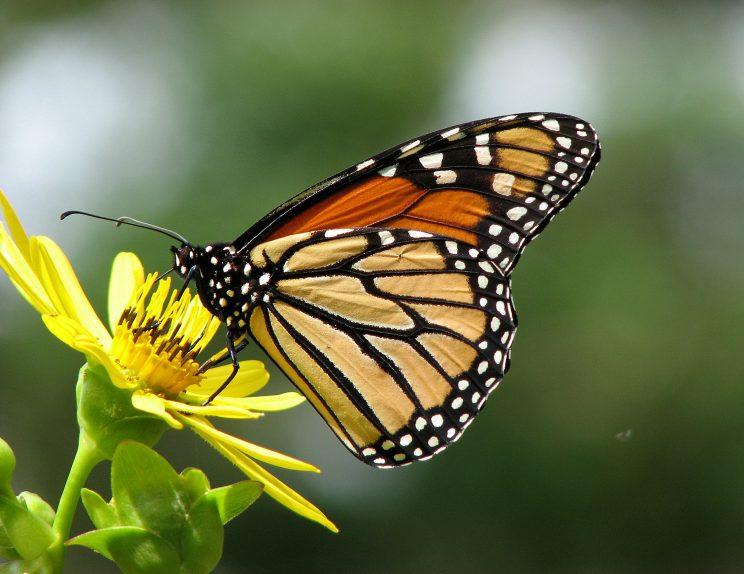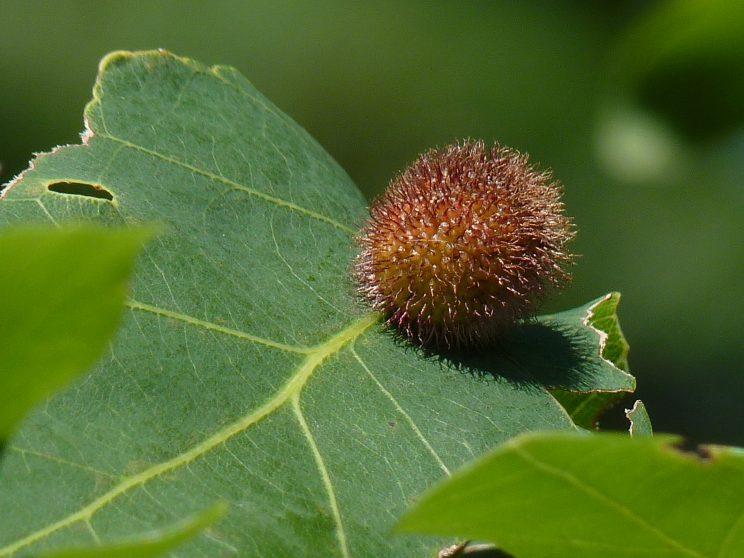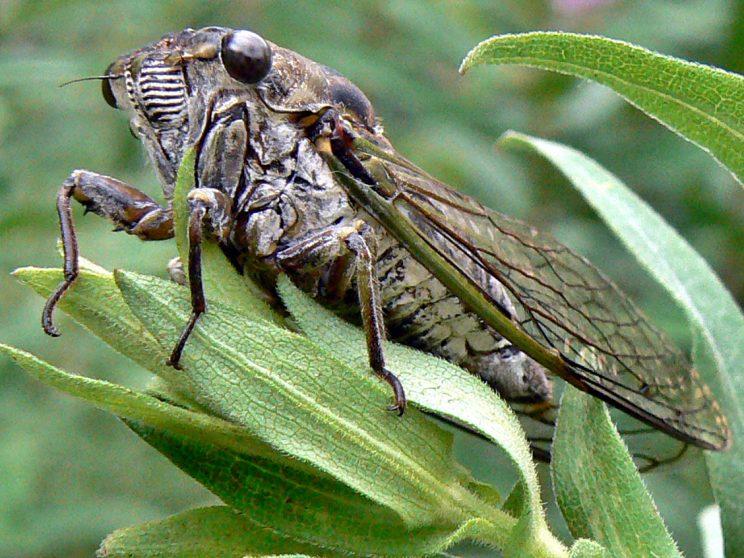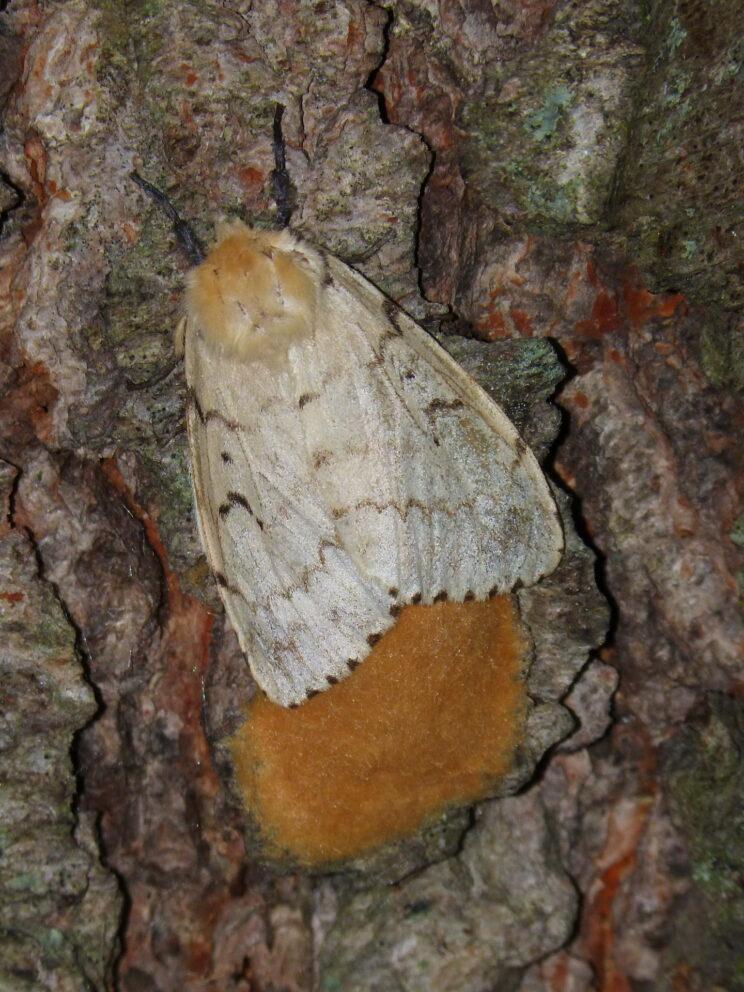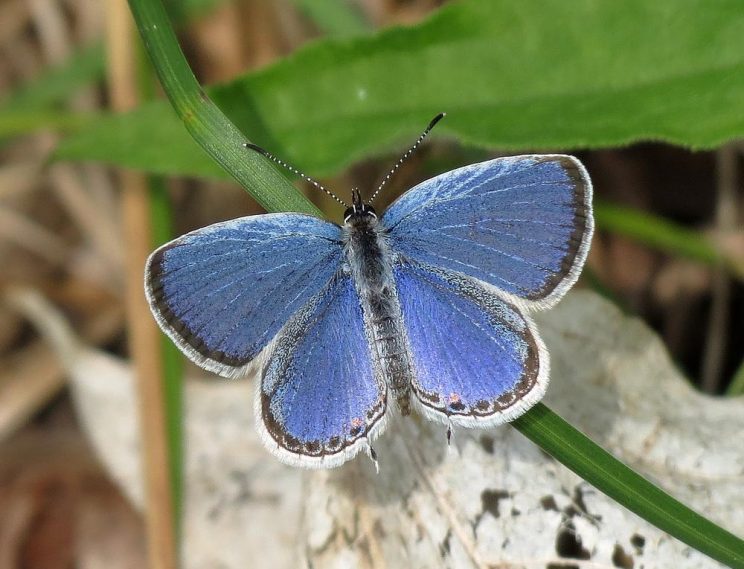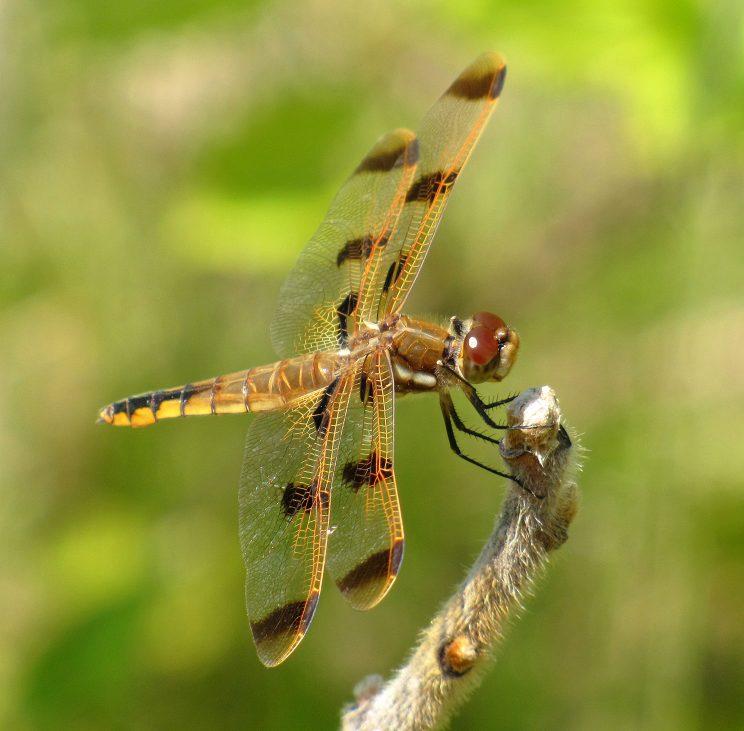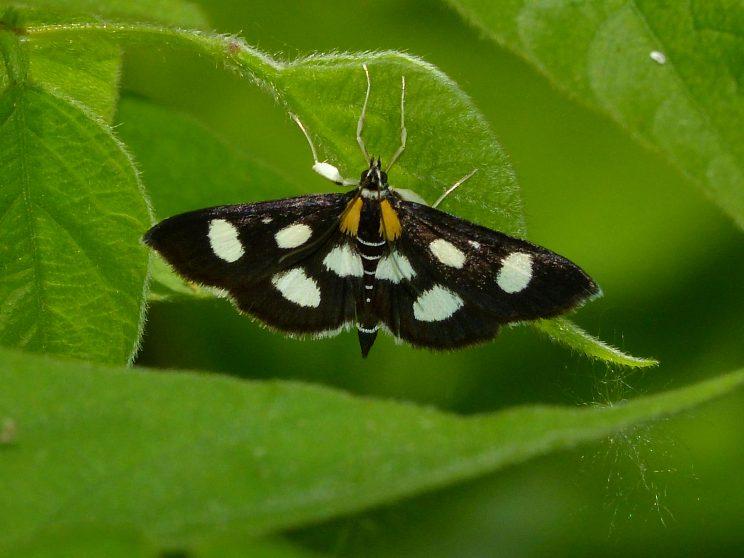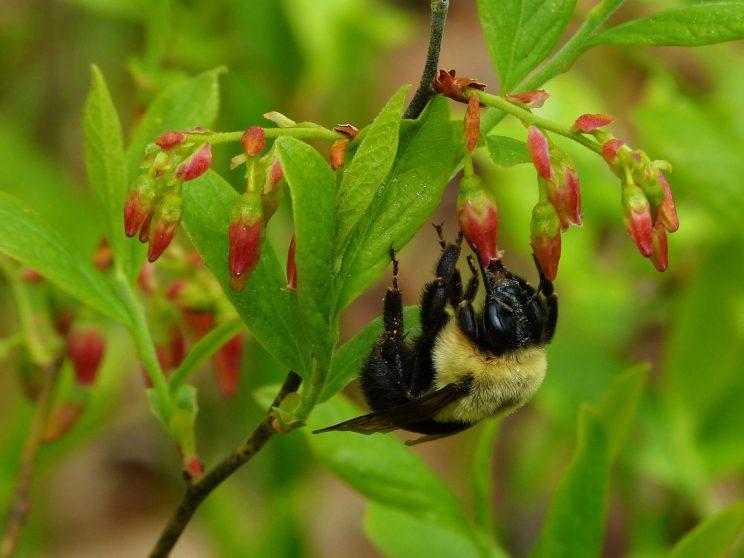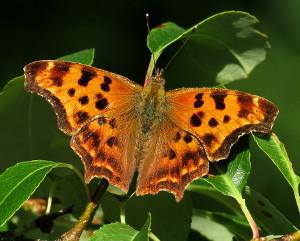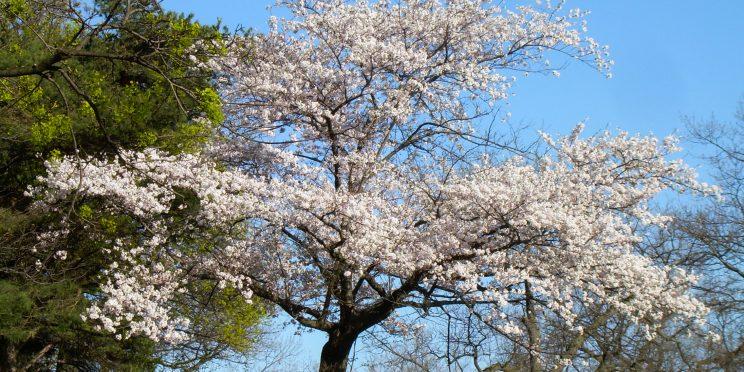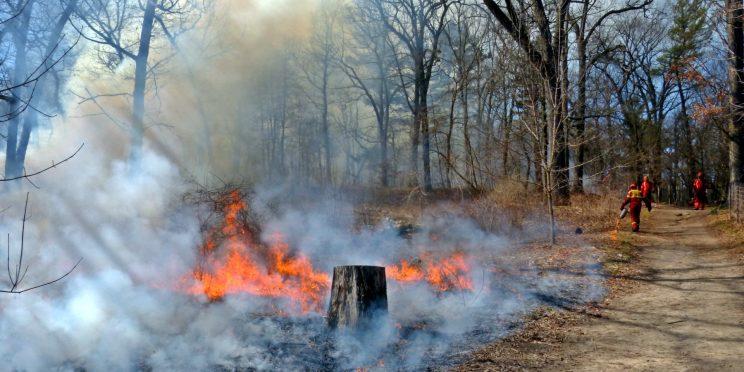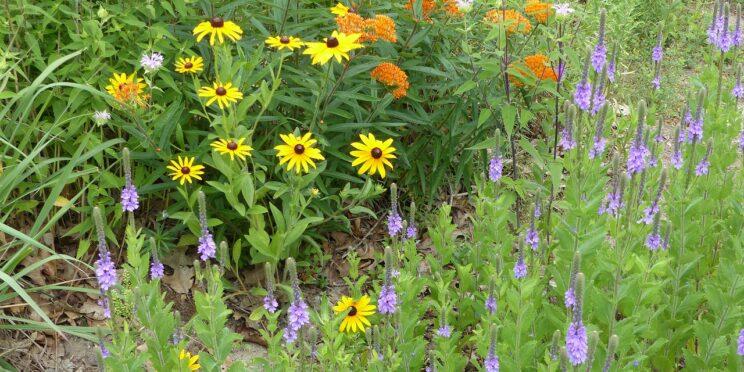Insects and Arachnids of High Park
Like birds and small mammals, the diversity of insects and arachnids (spiders) reflects High Park’s varied habitats which include gardens, savannahs, forests and wetlands. However, unlike their feathered and furry cousins, these tiny creatures have received much less attention.
One insect order that has been observed more carefully is Lepidoptera, with spectacular results — at least 74 species of butterflies and over 1000 species of moths have been recorded in recent years. Observers of Odonates have recorded at least 61 species of dragonflies and damselflies, and bee researchers have found at least 5 species of bumblebee as well as many native solitary bees that nest in sandy soils or hollow twigs. Even an obscure rare beetle has been found in the rotting stump of an oak. What else may yet be discovered with further investigation?
To see more insects of High Park, visit the High Park Nature Centre iNaturalist Project. For more information and links to other insect websites, visit the website of the Toronto Entomologists' Association (TEA).
Butterflies and moths are in the order Lepidoptera. These are the familiar beautiful insects that we readily welcome to our gardens. Besides being beautiful to look at, some are also important pollinators.
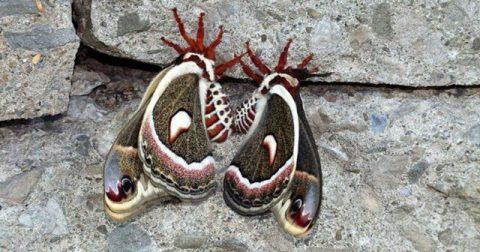
Insect Galleries
Biodiversity Booklet Series
Includes: Birds, Butterflies, Spiders, Fishes, Mammals, Bees, Reptiles and Amphibians, Mushrooms, and Trees, Shrubs and Vines of Toronto. Free copies may be available at your local Toronto Public Library branch. To find out more about these free guidebooks or to download a pdf version, visit the City of Toronto's Biodiversity website.

